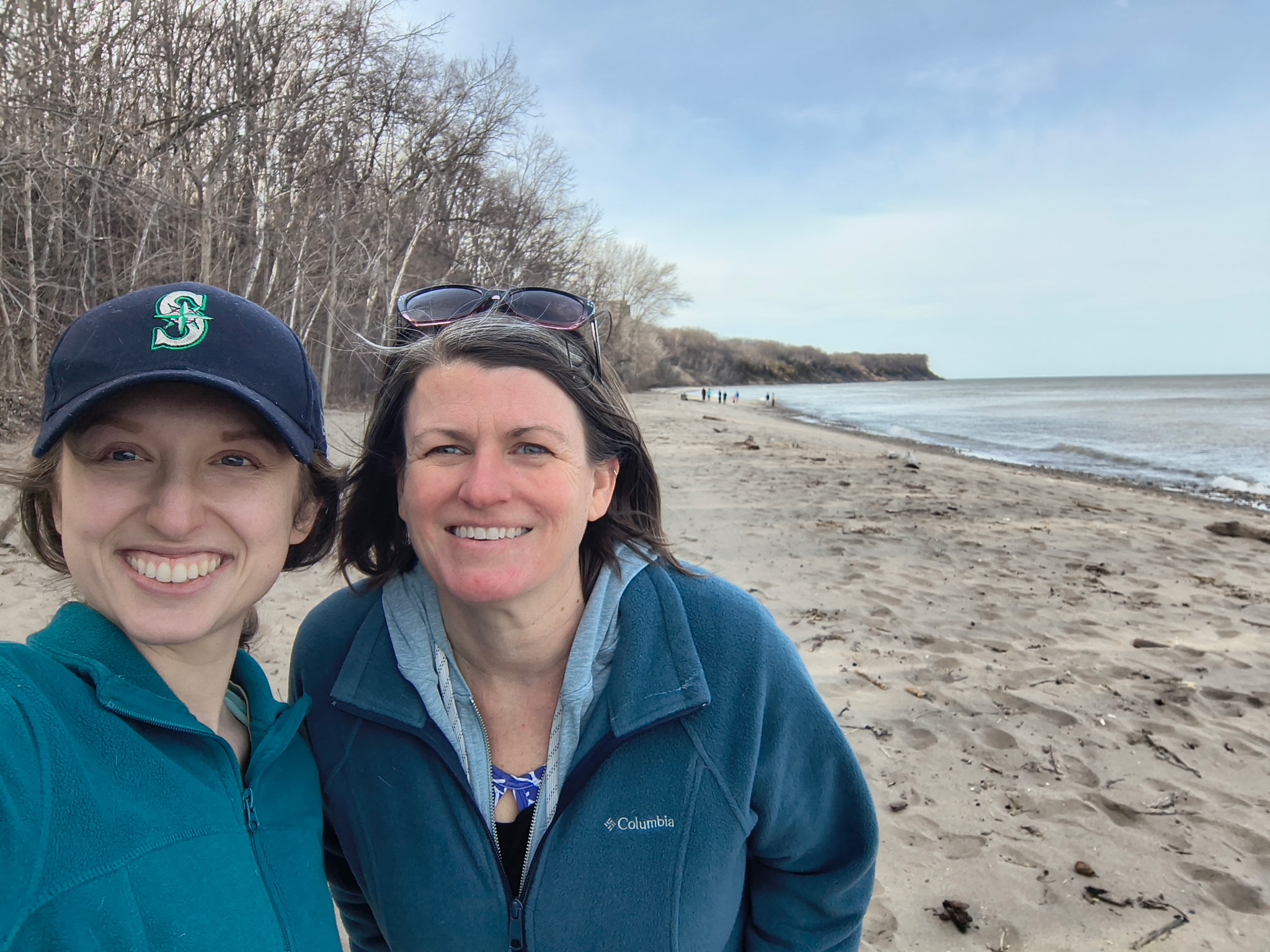Eastern Ontario Wardens’ Caucus signs partnership agreement with U.S.-Canada Great Lakes coalition
The recent signing of an agreement between elected officials along the Great Lakes and St. Lawrence River is a key step toward highlighting the importance of building community relationships across Canada and the U.S. Read the full story by kawarthaNOW.
Great Lakes Commission
https://www.glc.org/dailynews/20250421-us-canada-partnership












